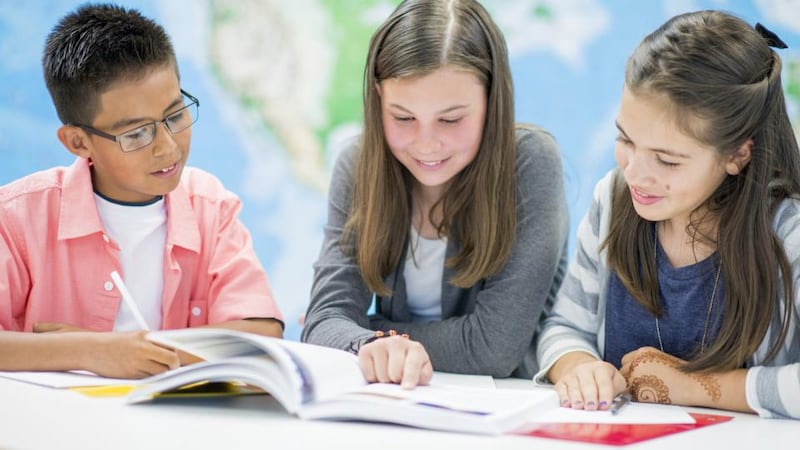How can this document be used in the primary school classroom?
As a primary school teacher, I know the value of bringing fun and silliness to creative writing. Here are just some of the ways that I like to use these stories in my classroom:
Identify
Identifying the parts of the story is so important, so why not do it in a fun way? Get the children to find and underline parts of the story such as author, illustrator, illustrations, dialogue, plot, characters and setting. Each different part could be associated with a different colour.
Read and retell
Reading and retelling the story to a friend is a great way to fully comprehend the parts of the story. Get a partner and quiz them on the story and critique their retelling. Sequencing is also important to show chronological awareness of the story. The children in my class love to do this through pictures; a quick five minutes on the clock and four squares to fill in means the children have to be concise and efficient.
Write or rewrite

Getting the children to write or rewrite their own ending to the story is always a winner. It gives the children the opportunity to take ownership of the characters and the story for their own writing without having to start from scratch. They can even take one aspect of one of these stories and create a whole new story!
Character Bios
The children in my class always love giving in-depth back stories to characters and the characters in these stories are open to much interpretation as they are often silly and unusual. Getting the children to create a bio for the character and giving them a full back story makes them really think about their character: What do they like? Where do they live? Do they have a family? Do they go to school like me?
Different Format
Same story, different format. The children in my class have always enjoyed creating stories in graphic novel or comic format. Why not create a comic version of one of these stories or create your own? You can start with an A4 page with four or six boxes. Creating stories in this way is sometimes more effective for children who are more visual or struggle to write blocks of writing. Web comics are quite big at the moment, too, so this could use that interest and momentum.
Act out
Putting the children into small groups to act out stories is always fun. It encourages the children to work as a team. They can create scripts for the story and its characters. The children love it when I go into teacher-in-role as one of the characters or when they get the opportunity to do so!
Why not split the class into small groups and get them to act out the story?
Integrating Stories into Other Curriculum Areas
Integration is key in the classroom so these stories can be used for Art too. Creating the characters in 3D from junk art and various materials is another favourite. It’s a wonderful way to bring characters from the page to life, the sillier the better! Making an advertisement or trailer for their favourite story could also be fun.
In Music, you have the children create a soundtrack for the story using body percussion or instruments. Rapping has been more popular than singing in our senior classes in recent years. It’s a great and fun way for the children to express themselves. They could rap an introduction to one of the characters or rap the entire story.

We have had a push recently to integrate more ICT into our lessons. Why not split the class into small groups and get them to act out the story? Record the story using an iPad/digital camera and have a cinema style screening in your classroom. You could also encourage the children to read the stories aloud to a partner, with expression, and record onto an iPad. The children can replay their recordings for themselves and others to develop reading fluency.
Fighting Words is all about developing a love of reading and writing, and focuses on a non-formal approach to writing. These stories are made to be consumed and enjoyed by children, so share them with your class and let their imaginations take flight.
Fiona Gaule teaches in St John's National School, Ballybrack, Dublin



















